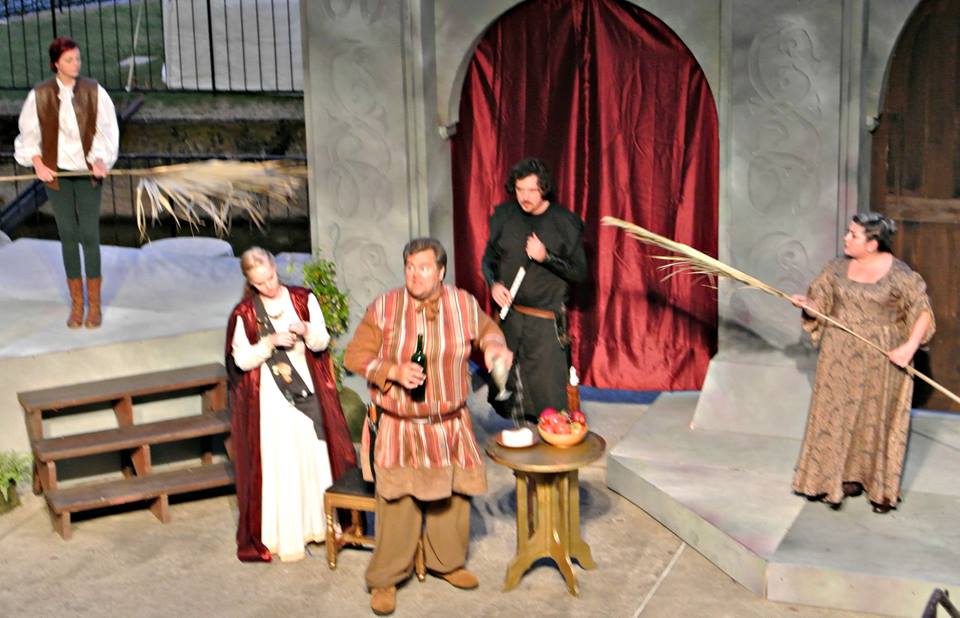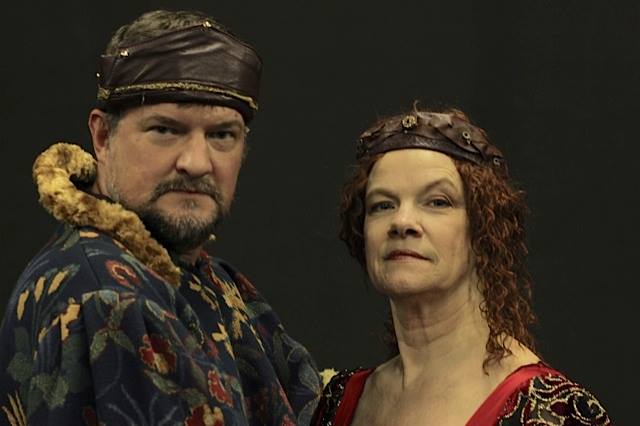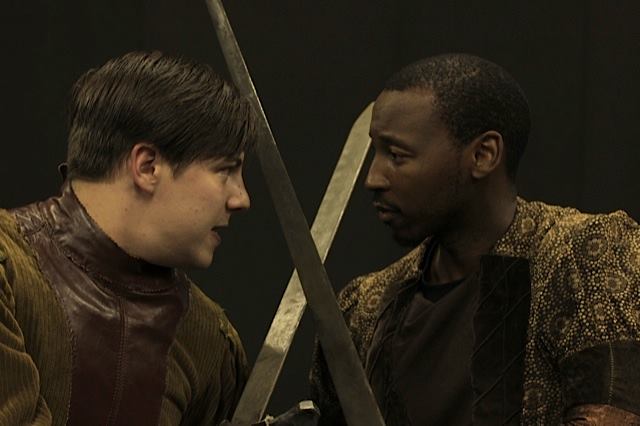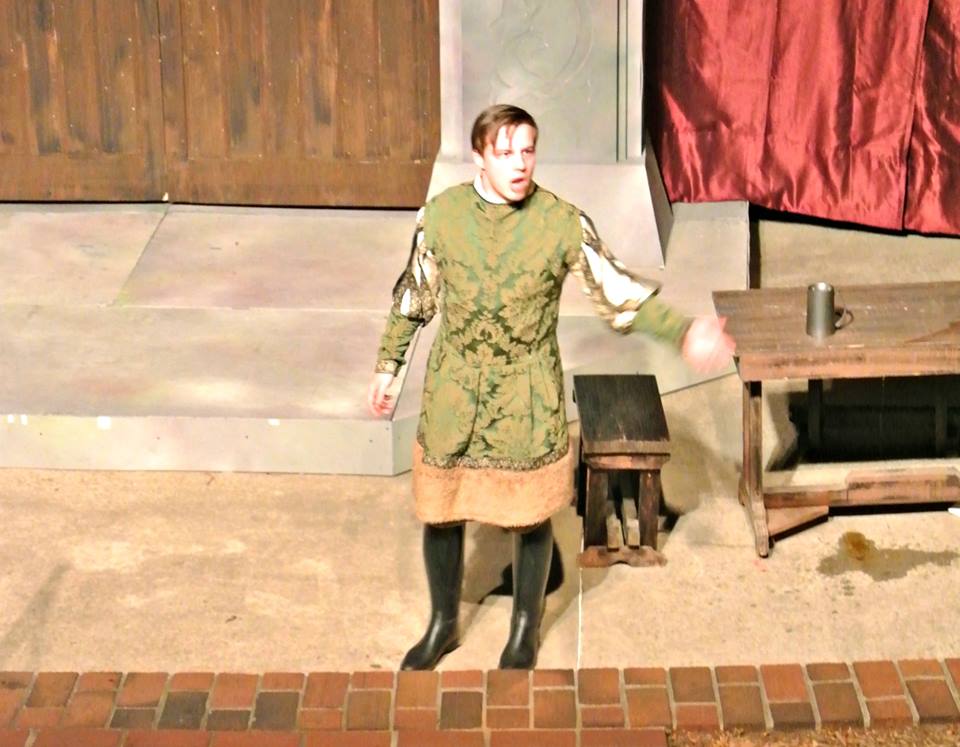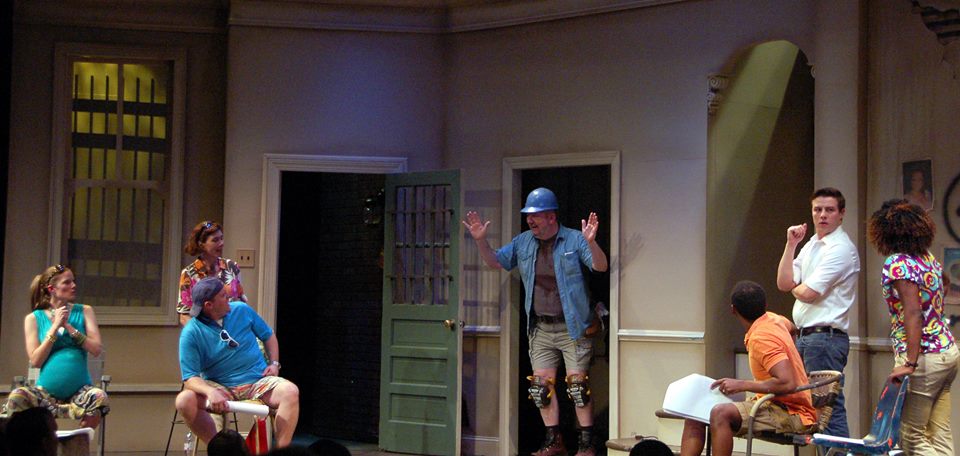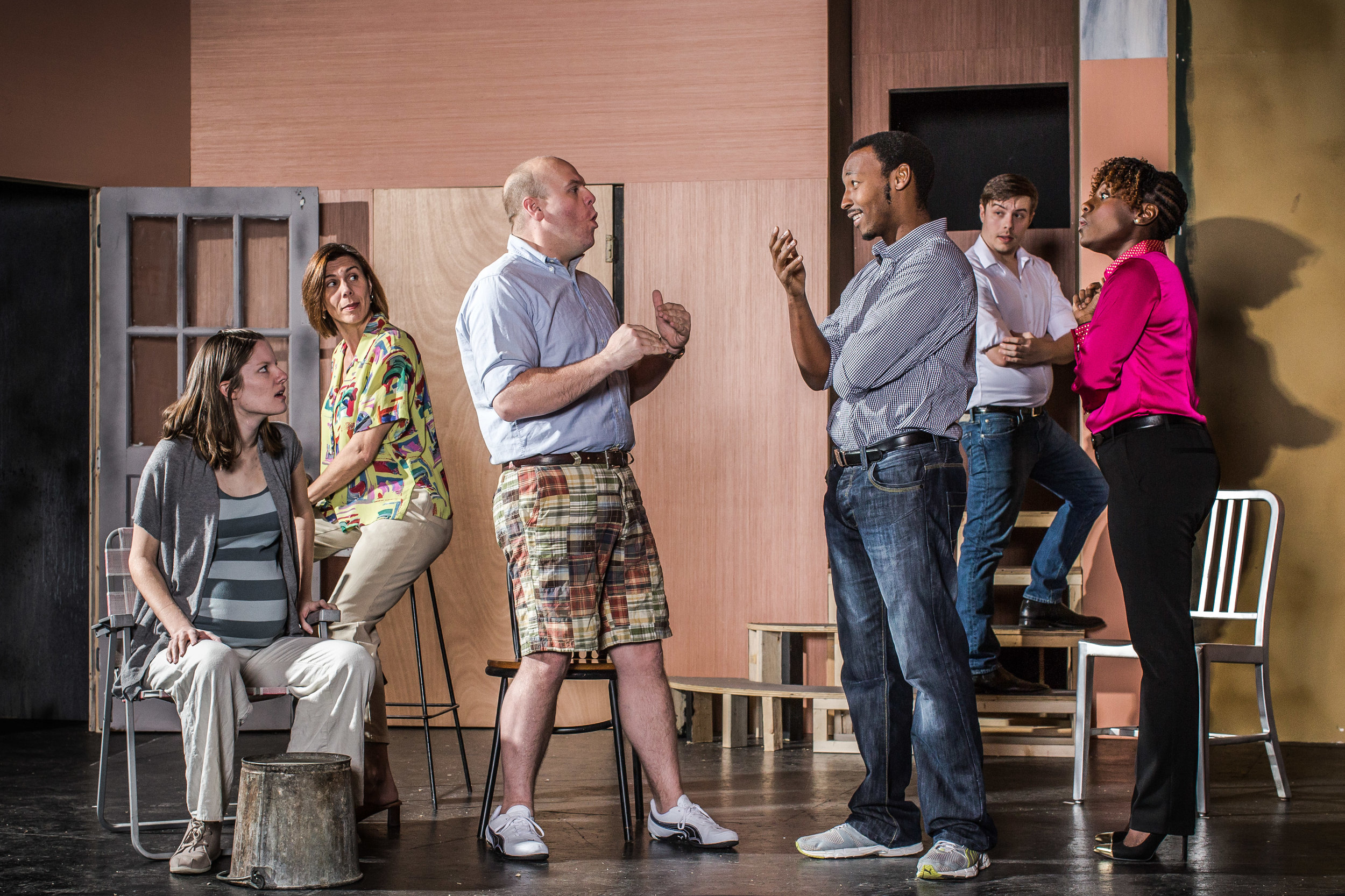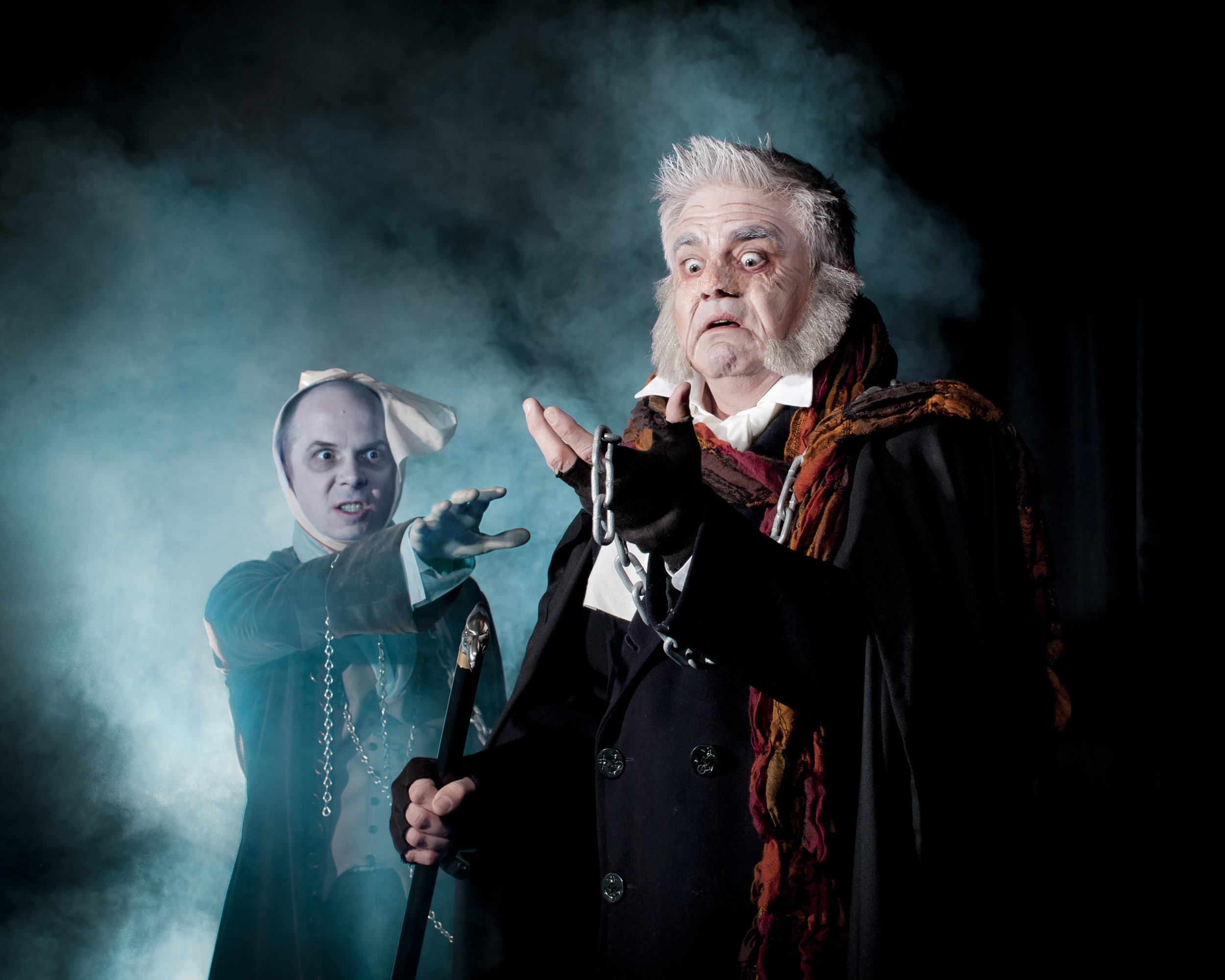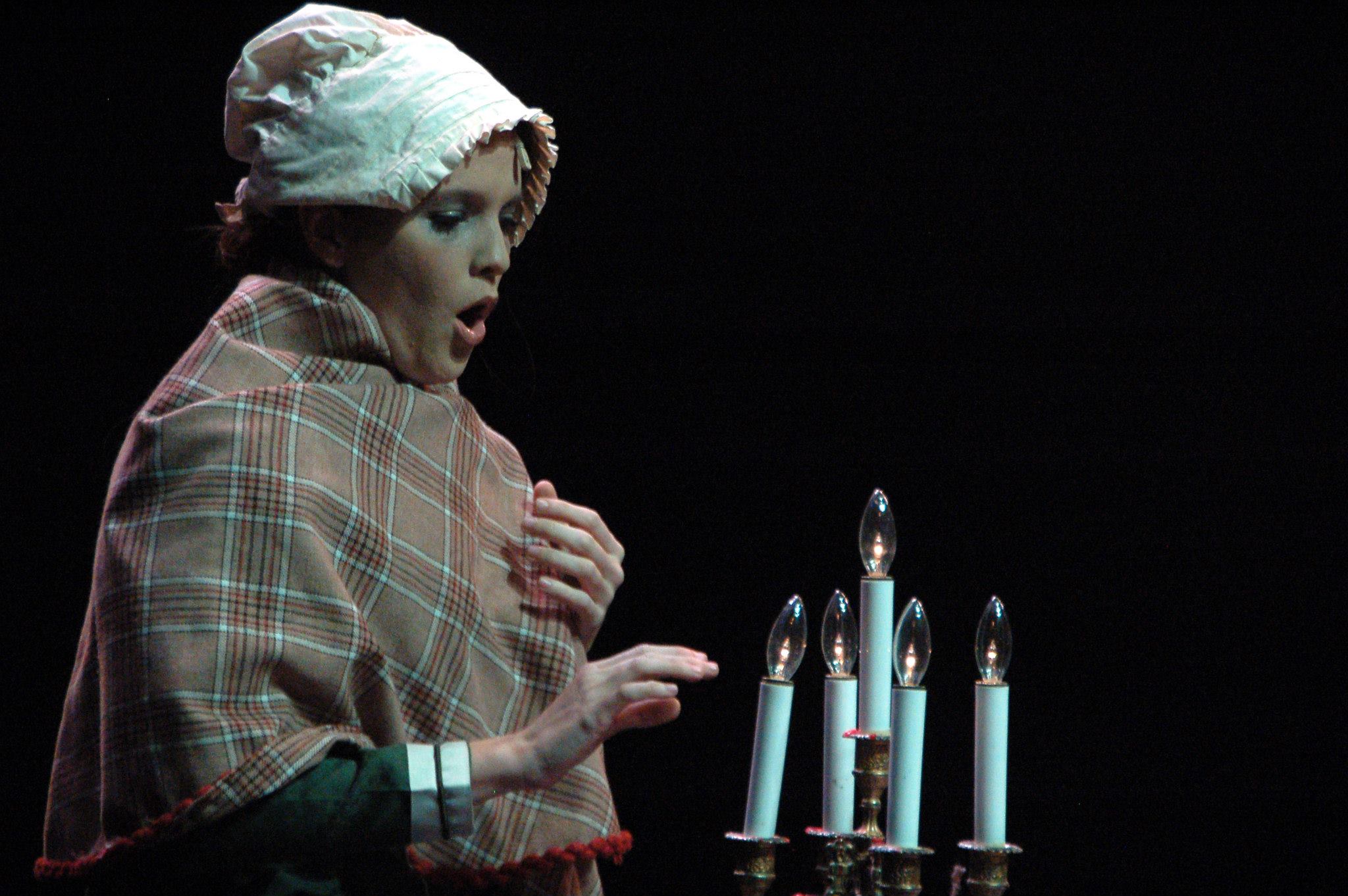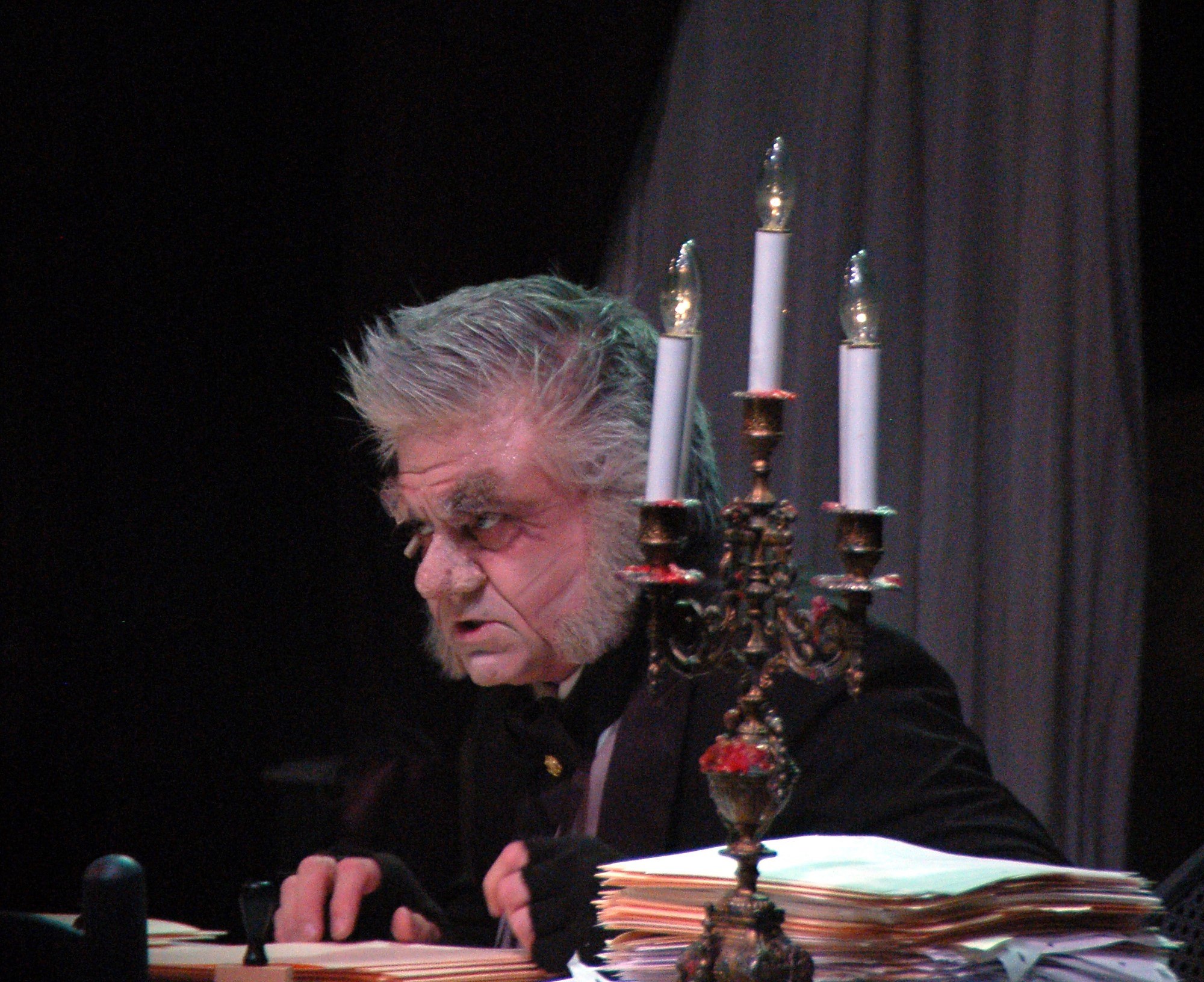 When I heard the South Carolina Shakespeare Company had chosen Cymbeline for their spring show, I was excited. This is one of Shakespeare’s least-performed plays. I had never seen a production, and can’t remember the last time it was produced here in Columbia.
When I heard the South Carolina Shakespeare Company had chosen Cymbeline for their spring show, I was excited. This is one of Shakespeare’s least-performed plays. I had never seen a production, and can’t remember the last time it was produced here in Columbia.
The South Carolina Shakespeare Company describes Cymbeline as an “epic romance,” and I have to agree that it certainly is. From its wildly complicated plot involving murder, kidnapping, attempted murder, gender-bending hilarity, deception, jealousy, battles, and a bizarre deus ex machina plot twist, “epic” seems an apt descriptor for this show.
The play opens in Ancient Britain. King Cymbeline’s daughter, Imogen (played by Katie Mixon) has married Posthumus Leonatus (played by Bobby Bloom) against her father’s wishes. Posthumus is banished, but the two vow to work this all out somehow. Meanwhile, Cymbeline’s new wife, the Queen (played by Libby Campbell Turner) has great plans to make Imogen marry her son from a previous marriage -- the loutish Cloten (played by Scott Means) -- and then to poison Cymbeline (played by Chris Cook) and Imogen in order to secure Cloten’s position as King.
Are you following along so far? Good -- because things are about to get weird. While in exile in Italy, Posthumus encounters Iachimo (played by Wela Mbusi) who wagers that he can seduce Imogen. Posthumus, full of pride for his wife’s chastity, agrees to the bet. Iachimo meets with Imogen, who refuses his advances. Being the weirdo creepster he is, Iachimo hides in her bedroom to steal a token that will make it look as though he has been successful in his seduction while she sleeps. Posthumus, not being the forgiving sort, sends his servant Pisanio (played by G. Scott Wild) to kill Imogen. However Pisanio, not being the murdering sort, warns Imogen, who then escapes, disguised as a young man.
What follows is one of the most bizarrely complicated plots I’ve seen since LOST. Someone gets beheaded. Someone is given a potion that was meant to kill them but only makes them seem dead for a bit. A battle is fought and people are imprisoned. And I promise you won’t see the twist at the end coming.
There’s a lot to like about the SC Shakespeare Company’s performance of Cymbeline. As I mentioned before, this play is rarely performed anymore, and it’s very different from most of Shakespeare’s other works. Theories exist that he didn’t even write Cymbeline entirely on his own. Its scarcity makes it a special treat to scholars and enthusiasts alike.
There are also some impressive performances, most notably by Bobby Bloom as Posthumus and Katie Mixon as Imogen. Bloom’s commanding resonance and passion are perfect for his role, and Mixon makes a lovely and surprisingly empowered Imogen. Wild’s role of Pisanio may be a small one, but his moments with Imogen show a beautiful empathy that is impressive to achieve with such little stage time. Scott Means has lightened what could have been a disturbingly dark role in his interpretation of Cloten, and this choice gives this production of Cymbeline moments of much-needed frivolity.
The extremely misogynistic themes of Cymbeline are difficult to watch, though. The men (those who don’t die anyways) have seemingly - and at times literally - earned favor with the gods, whereas Imogen, the most honorable person in the play, is continually victimized, preyed upon, and objectified. The plot is needlessly confusing at times, as if Shakespeare was just seeing how many strange things he could throw into a play. Who knows? That might be the case. You should also be warned that this is a long show, clocking in at about three hours with a 15 minute intermission, so be sure you’re prepared to make a night of it.
Even though I can understand why it isn’t one of the Bard’s most popular works, I admire the South Carolina Shakespeare Company and director Linda Khoury for taking on such a work as Cymbeline and bringing it to a public that might otherwise never see this strange part of his canon.
~ Jillian Owens
Cymbeline runs Wednesday through Saturday, May 7—10, 2014 at 8:00 PM in the amphitheatre in Finlay Park. Admission is free, although a donation of $10 is a suggested. If you will attend with a large party, please arrive early for the best seating. The Finlay Park Amphitheatre is at 930 Laurel Street, Columbia, SC 29201. So hie thee hence from thy computer screen and sally forth post-haste to Finlay Park!
For more information, please call 803-787-2273 or visit www.ShakespeareSC.org .
Come early (6:00PM) before the Thursday May 8th performance, and you and your family can also enjoy Shakespeare’s Kidz (the SCSC’s new school-aged company, directed by Imogen actress Katie Mixon) as they take the stage with a re-telling of a classic using humor, some modern language, and sword fighting in Don’t Say Macbeth!


